Dragonfly species in Monmouthshire: Common Hawker

Common Hawker (Aeshna juncea) is only common in the county in the moorlands of the northwest, and extremely rare elsewhere.
The oldest record in our data set is from Pen-ffordd-goch Pond (Keeper’s Pond) on the Blorenge, on an unspecified date in 1961 (observer D. Griffiths).
Common Hawker is often reported from lowland sites, because observers are misled by the name “Common”, not realising that the species is a habitat specialist; in the past, inadequate illustrations in the identification literature compounded the problem. A blue male hawker in the lowlands or a yellow female one will almost always be Migrant Hawkers.
There is only one confirmed record away from typical breeding habitat, a female from Uskmouth on 14 October 2012, found by Graeme Walker: the identification of this individual was able to be confirmed from photographs. This dragonfly was almost certainly wandering from populations elsewhere and is very unlikely to indicate a breeding population on the Levels, which are the most well-recorded part of the county.
Current distribution in the county: what we know
Common Hawker occurs across a wide area of the northwest uplands. There is a good population on the moors around Blaenavon, extending east to the eastern side of the Blorenge, and west to Ebbw Vale. Another cluster of records comes from the moors north and west of Pontypool, and a third occurs in the area west and south of Ebbw Vale. Further south there is a cluster of records around the Mynydd Twyn-glas / Cwmcarn forest area, with isolated records further south on Mynyddislwyn, and two areas on the east side of Mynydd Machen.
There is also a single breeding site in the east of the county, at Cleddon Bog / Broad Meend, near Trellech . Nick and Gill Saunders found at least one male and one female here in September 2016, and these were engaging in breeding behaviour, and Barbara Heys rediscovered the species here in 2024.
Current distribution in the county: what we don’t know
There is possibly further suitable breeding habitat in the east of the county, so Cleddon Bog may not just be an isolated site.
There are also many areas from the northwest uplands where Common Hawker hasn’t been recorded in recent years but where there are older records, and it is likely to still be present in many of these: more widespread recording in the less well-visited parts of this area will determine its true distribution there.
Distribution elsewhere
Common Hawker is found widely in suitable habitat throughout Wales. In England, it is more localised, being common where suitable habitat is plentiful (e.g. in the southwest and northern England) but much scarcer in other areas such as East Anglia; it is a common and widespread insect in Scotland and Ireland. On the continent, it is scarce and localised in northern Iberia, southern France and the Balkans, but more common from the Alps northwards to the northernmost parts of Scandinavia and in eastern Europe, and from there it occurs east throughout Asia; it is also a widespread insect in northern and western parts of North America.
